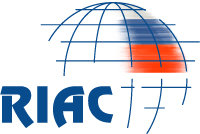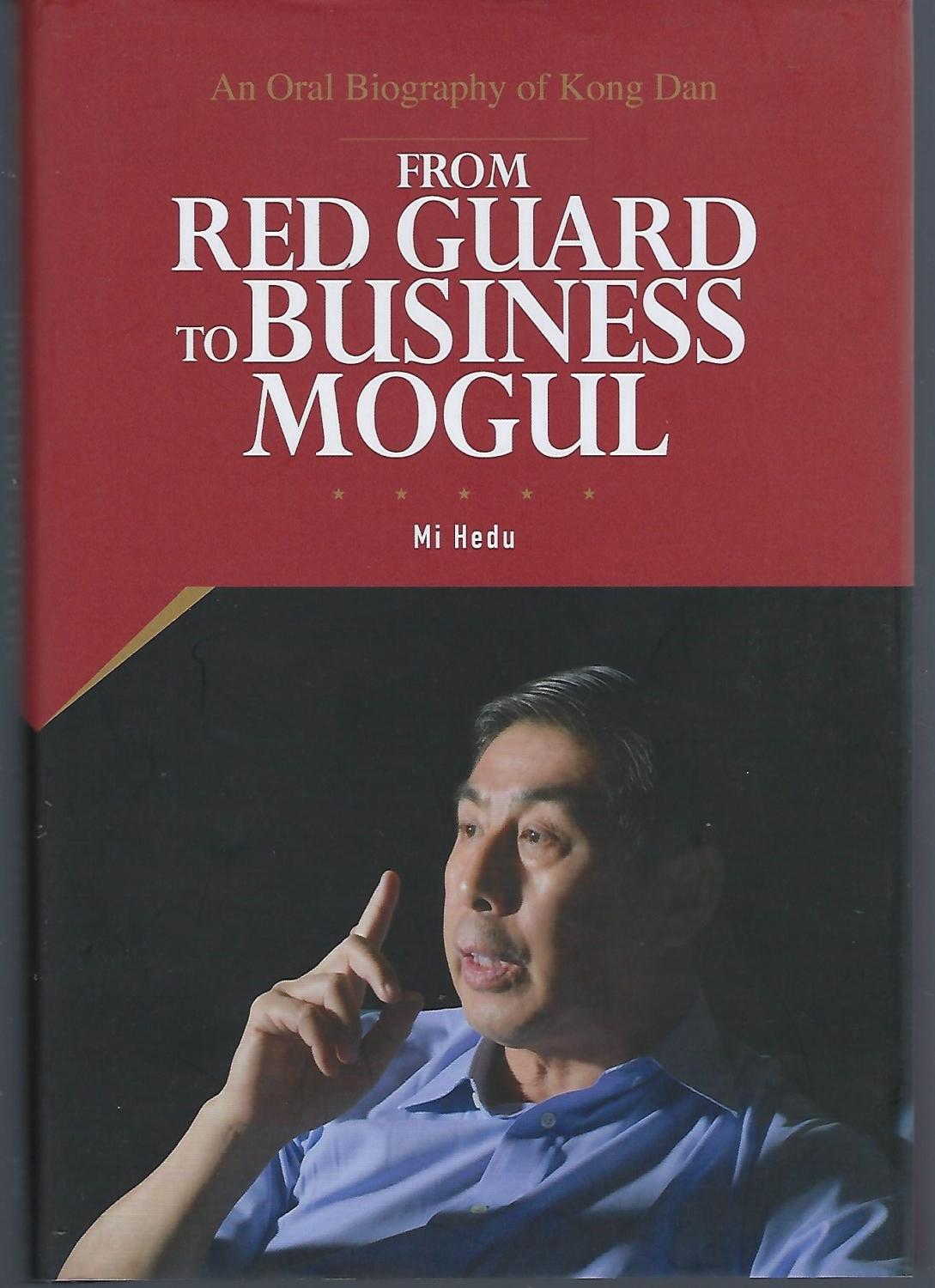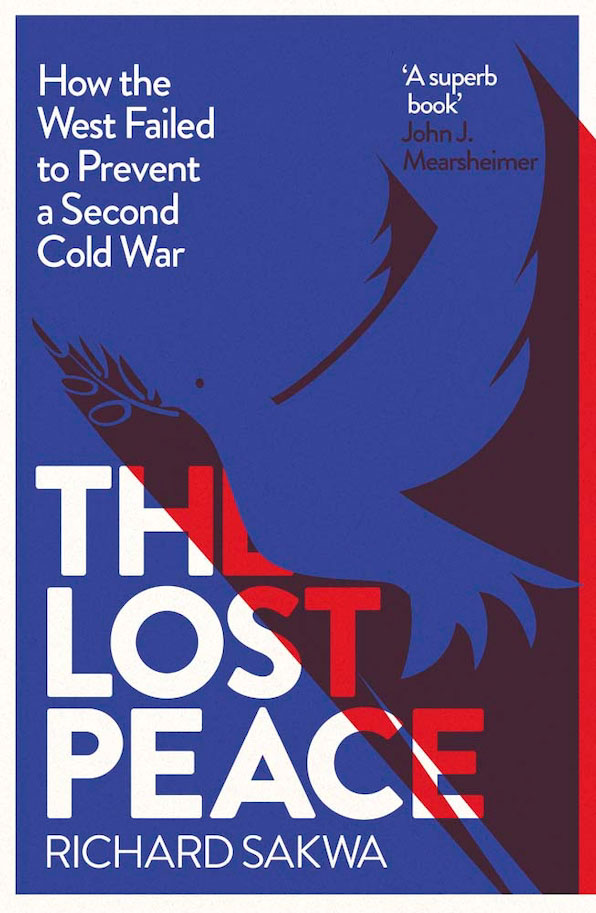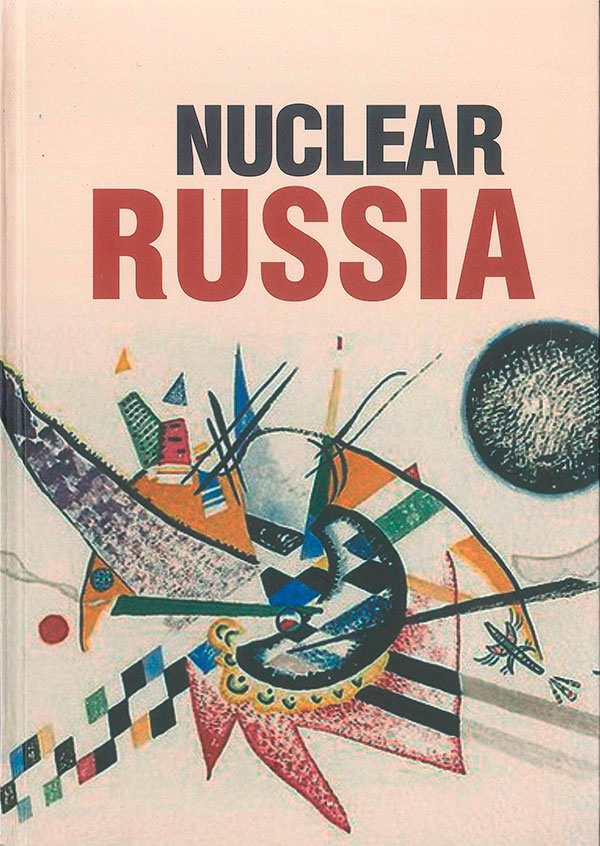MOSCOW – More than 18 months after former President Viktor Yanukovych was driven from power (and into exile), the crisis in Ukraine is at a stalemate. Crimea has been reabsorbed by Russia (in what many consider an annexation); much of eastern Ukraine is held by pro-Russia rebels; and relations between the West and Russia are more tense than at any time since the early days of the Cold War.
But can anyone claim an advantage? Those who wanted to see Ukraine anchored in the West, or imagined that sanctions on Russia would incite regime change in the Kremlin, by palace coup or popular uprising, have seen their hopes dashed: President Vladimir Putin’s popularity is as high as ever. In Russia, those who predicted the immediate collapse of Ukraine and the establishment in its eastern and southern provinces of a pro-Russian “Novorossia” have been similarly disappointed.
The tragedy is that the price of these illusions has been extraordinarily high in human terms – the ceasefire-defying death toll in eastern Ukraine has risen to more than 6,000 since April 2014 – and dangerously high in geostrategic terms as well. It looks like both sides are ready to fight “to the last Ukrainian.”
As I have long argued, Russia was never likely to yield. After being pushed to the wall by more than two decades of Western expansion – be it European Union or NATO enlargement – into a part of Europe that it considers vital to its national security, Russians believe that they have the moral high ground in defending their interests.
The danger now, with both sides trading accusations in an atmosphere of mutual distrust, is that the current stalemate will lead to a much deeper crisis between Russia and the West. Both sides need to find a solution; yet, despite emerging victorious from the Cold War, the West seems not only to have lost the peace, but is on the verge of re-dividing Europe. And this is occurring at a time when the entire continent, including Russia and many other Eurasian states, is facing the threat of Islamic extremism.
It is also happening at a time when both parts of Europe are in search of a new geopolitical, or even spiritual, identity. While the EU wrestles with problems of migration and integration, Russia is drifting away from a Eurocentric cultural and economic course toward a Eurasian alternative. And the United States – at least under President Barack Obama – has retreated into a kind of semi-isolation, leaving behind troubling zones of instability and unresolved crises.
So what will happen next? With both Western and Eastern Europe beset by political conflict and economic stagnation, the five centuries of European global dominance are drawing to an end. The reality now, following the end of the bipolar supremacy of the US and the Soviet Union and a brief “unipolar” phase following the Soviet Union’s collapse, is that we are now in a “multipolar” world.
This, too, may prove temporary as two new geopolitical macro-blocs gain strength in the twenty-first century. One centers on the US and its ambition to conclude the Trans-Pacific Partnership (TPP) and the Transatlantic Trade and Investment Partnership (TTIP).
The second macro-bloc is “Greater Eurasia,” featuring China, Russia, Kazakhstan, Iran, and possibly India. Strong foundations for this project were established with the May 2015 agreement between Russia and China to coordinate the Russian-led Eurasian Economic Union (EEU) with President Xi Jinping’s “Silk Road” initiative, which aims to bind Central Asia’s economies and those farther to the west closer to China’s.
The question is whether this Greater Eurasia can help Europe find a way through its current security impasse. Some in Europe will doubtless prefer to strengthen the Organization for Security and Cooperation in Europe – but the truth is that the OSCE, burdened by its Cold War history and its failure to secure the post-Cold War peace, is too tarnished to play a decisive role.
An alternative might be a dialogue between the EU and the EEU, but that would be tricky as the EEU pursues a closer relationship with China and its Silk Road allies. A better approach would be to invite – sooner rather than later – China and Eurasian states to create over time a common economic space from Shanghai to Lisbon. There is obvious potential for the EU to engage constructively with the Shanghai Cooperation Organization (created in 2001 by China, Russia, Kazakhstan, Kyrgyzstan, Tajikistan, and Uzbekistan, with India and Pakistan set to join next year). The failure of the old framework demands an effort to create a new one, beginning with a dialogue on Eurasian development cooperation and security that involves China and both Eurasian and European countries.
None of this will render the OSCE or NATO redundant, and that should be no one’s goal. What matters in resolving today’s conflicts, be they active or supposedly “frozen,” is to build a broader framework of cooperation and dialogue between the EU and what I term Greater Eurasia.
The remaining question in such a scenario concerns the role of the US. Does it really want to remain in semi-isolation, hoping to be called back to center stage at some unlikely “unipolar moment” in the future? Let us hope for an America ready to act as a responsible player in a fairer world.




